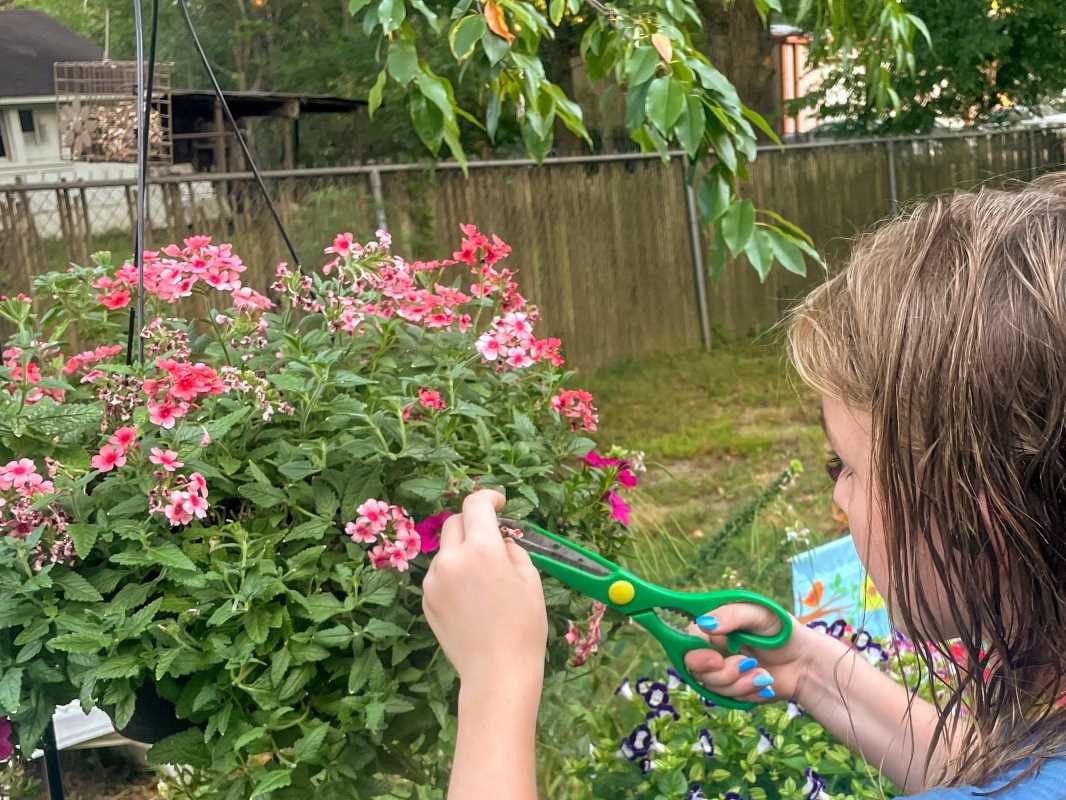Blending families can be a complex journey filled with challenges, but with the right approach, it can also lead to beautiful relationships and a strong sense of unity. Here are some essential tips for successfully navigating the nuances of blending families.
Communication is Key
Open and honest communication is vital when blending families. Encourage all family members to express their thoughts, feelings, and concerns in a respectful manner. This helps in building understanding and empathy among family members.
Open, honest, and consistent communication forms the bedrock of successful blended families. Consider these approaches:
- Schedule regular family meetings to discuss concerns, celebrations, and plans
- Create safe spaces for all family members to express themselves without judgment
- Encourage active listening and validate everyone's feelings
- Address conflicts promptly and constructively
- Use "I" statements to express feelings and needs
Establish Clear Boundaries
Setting clear boundaries from the start can help prevent misunderstandings and conflicts. Clearly define roles and responsibilities within the blended family to avoid any potential power struggles.
Well-defined boundaries help prevent misunderstandings and reduce friction:
- Collaboratively develop household rules that respect everyone's needs
- Clearly outline roles and responsibilities for parents and children
- Establish age-appropriate expectations for behavior and contributions
- Create a system for making decisions that affect the entire family
- Respect pre-existing parent-child relationships while fostering new bonds
Create New Traditions
Creating new traditions as a blended family can help foster a sense of togetherness and unity. Whether it's a weekly movie night, a monthly family outing, or a yearly vacation, these traditions can strengthen the bond between family members.
Creating shared experiences helps build a unique family identity:
- Develop weekly rituals like game nights or Sunday brunches
- Plan monthly family outings or activities
- Create annual traditions for holidays and celebrations
- Document your journey through photos, videos, or a family blog
- Encourage suggestions from all family members for new traditions
Seek Professional Help If Needed
If blending your families becomes particularly challenging, don't hesitate to seek help from a family therapist or counselor. A professional can provide valuable insights and guidance on how to navigate complex family dynamics.
Don't hesitate to seek professional guidance when needed:
- Consider family therapy to address complex dynamics
- Explore co-parenting counseling for biological parents
- Attend blended family workshops or support groups
- Seek individual counseling for children struggling with changes
- Read books and resources specifically about blended families
Practice Patience and Flexibility
Blending families is a process that takes time, so be patient with yourself and each other. Understand that there will be ups and downs along the way, and practice flexibility in adapting to the changing dynamics of your blended family.
Remember that building a successful blended family takes time:
- Set realistic expectations for bonding and relationship development
- Celebrate small victories and progress
- Be flexible and willing to adjust approaches that aren't working
- Understand that setbacks are normal and temporary
- Focus on long-term goals while managing short-term challenges
Celebrate Differences
Each family member brings their own unique background, experiences, and perspectives to the blended family. Embrace these differences and celebrate the diversity within your family unit. Encourage open-mindedness and respect for each other's individuality.
Diversity within blended families can be a source of strength:
- Learn about and respect different cultural or family traditions
- Create opportunities for sharing individual interests and talents
- Encourage children to maintain relationships with extended family
- Validate different perspectives and experiences
- Find ways to incorporate various family customs into your new unit
Focus on Building Trust
Trust is the foundation of any healthy relationship, and this holds true for blended families as well. Be consistent in your words and actions, follow through on promises, and show genuine care and respect for each other to build trust within the family.
Establishing trust is crucial for long-term family harmony:
- Be reliable and follow through on commitments
- Show consistent respect for all family members
- Maintain appropriate boundaries with ex-partners
- Support relationships between children and their biological parents
- Create a stable, predictable environment
Additional Resources
- Local family counseling services
- Blended family support groups
- Recommended reading on step-parenting
- Online communities for blended families
- Legal resources for complex family situations
By following these essential tips, navigating the challenges of blending families can become a rewarding and enriching experience for everyone involved. Remember to approach the process with kindness, patience, and a willingness to learn and grow together as a unified family unit.







